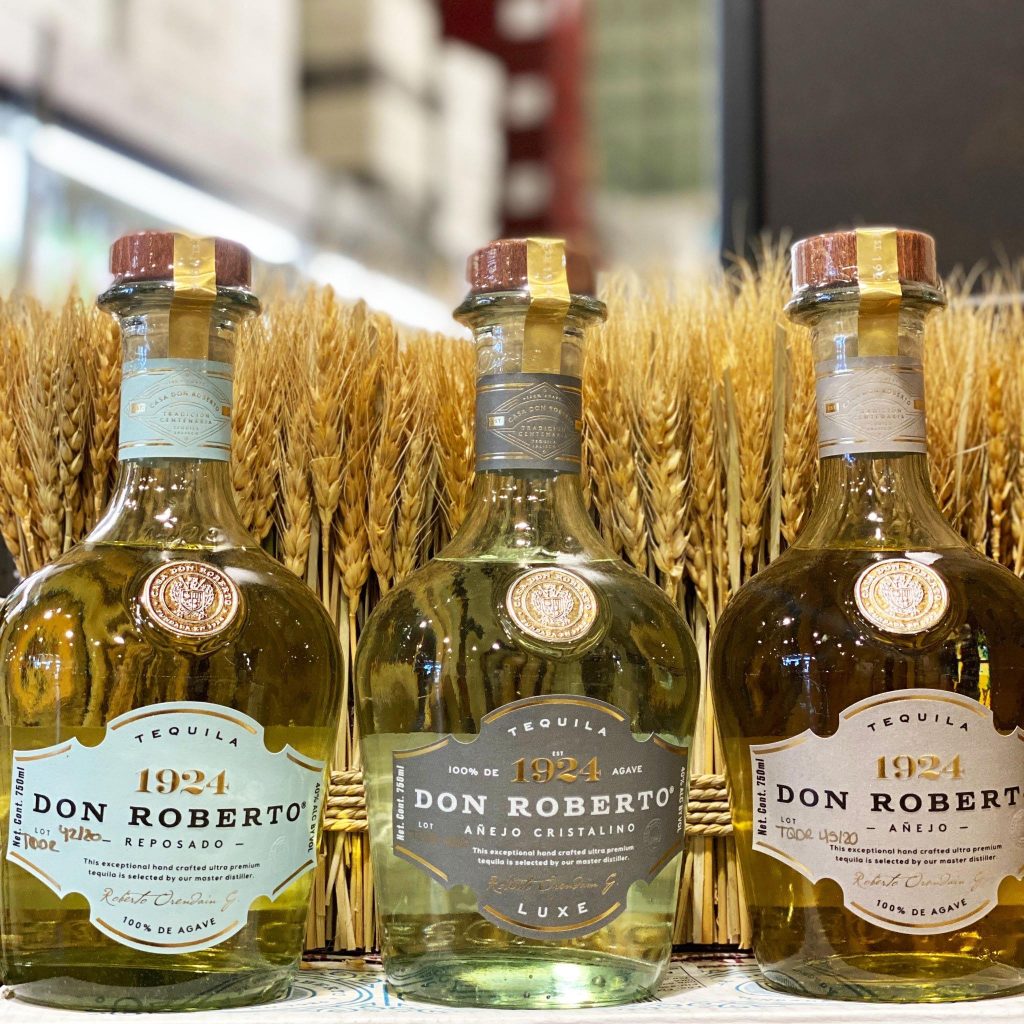Tequila Tasting: 3 Tips for Choosing Your Favourite Spirit
Mexican tequila, the essential component of Margaritas, Palomas, and other traditional cocktails, is still the king of agave spirits and one of the most widely consumed spirits worldwide. Additionally, many celebrities have joined the tequila train recently, launching their brands and bringing even more attention to the already booming tequila market.
However, navigating can be difficult for people unfamiliar with tequila, and liquor stores and bar shelves are now more crowded than ever with new bottles and categories. How do you choose a bottle and serve it? Here are the top tips gathered from experts in the field.
How Do You Pick a Good Tequila?

You’ll notice different terms on various bottle labels when searching for flavourful tequila in Australia. Besides stating the brand, these terms usually involve the tequila’s variety or age range that defines the spirit’s flavour, aroma and price point. Here’s a comprehensive breakdown of everything you should know about picking a bottle of good tequila.
Look for 100% Agave Tequila
Just like the French have the champagne law, and the Germans the purity law for beer-making, the Mexican people have a law determining what’s tequila and what’s not. The main guidelines state that tequila can only be distilled from the blue agave plant and produced in Jalisco state in Mexico. However, not all tequila is created equal; you can find this spirit in two categories: mixto tequilas and 100% agave options.
Approximately 51% of agave goes into making mixto tequilas; the remaining 49% is typically fermented sugar cane juice. As a result, the tequila has an intense, sweet flavour and aroma. But that’s usually where the flavour ends – mixto tequilas taste harsh and burn quickly.
They do well in stores because they’re inexpensive to produce and buy. Mixtos aren’t the best tequilas and experts often don’t recommend them. However, they’re a sensible choice if you’re throwing a large party and want to serve a tequila-based punch with lots of juice and flavour to help cover up the mixto.
A tequila marked as “100% agave” indicates that only blue agave was used in the making. Most bartenders and tequila enthusiasts will generally advise only buying tequilas that explicitly indicate this on the label, as doing so will ensure that you receive a much better product with a more subtle flavour and much less burn.
Select an Age Range
The next significant step is deciding how you like your tequila – deep and complex, bright and crisp, or somewhere between. Besides the amount of agave used, the amount of aging results in the many different tequila flavours. Blanco, reposado, añejo, extra añejo or mezcal are the five age varieties of tequila found in Australia and worldwide.
Blanco
“Blanco” refers to “white,” but these tequilas are also called plato, or silver tequila. Following distillation, they’re immediately bottled or allowed to rest for up to 60 days in wooden barrels (French and American oak barrels are used, but some companies even use old Spanish sherry barrels). These tequilas can have herbal, floral, citrusy, and slightly fruity flavours and aromas. Green pepper and poblano may have the predominant vegetable notes.
Reposado
The term “reposado” means “rested,”: these tequilas are matured from six months to two years in wooden barrels. Usually, they have a mellowed amber colour. There will be vanilla, butter, and brown sugar notes with a slightly woodsier and less herbal flavour.
Añejo
Añejos, or “old” or “aged,” refers to tequila aged for one to three years. Due to the prolonged ageing process in wood, the colours will be more intense and golden. Anticipate a much smoother tequila with prominent earthy, spicy, smoky, vanilla, caramel, and peat notes.
Due to their prolonged aging, añejos are typically more costly than reposados; however, they can be used interchangeably in most cocktail recipes. Experts usually advise trying reposado first and see if you enjoy it before spending the extra money on an añejo.
Extra Añejo
Añejos aged for longer than three years in wood are the most expensive tequilas and should ideally only be enjoyed slowly to enjoy the complex flavours, aromas, and artistry entirely. Strongly woody, it has a more noticeable burnt caramel flavour similar to very old whisky. These are worth the investment to become a tequila connoisseur or a Maestri Tequilero (Master/Expert).
Mezcal
Not all mezcals are tequilas, even though all tequilas are mezcals. Mezcal can be made from up to 28 different agave varieties, but tequila can only be made from blue agave. Usually, the agave is cooked underground over hot rocks or in fire pits shaped like cones for a few days. The end product is a spirit with smoky aromas and flavours. In general, mezcal is sweeter and heavier than tequila. Mezcal might be for you if you enjoy peaty scotch and the scent of smoke from BBQ pits.
See Past the Packaging
According to tequila connoisseurs, one of the most common misconceptions about tequila is that premium prices and pretty bottles denote quality spirits. While a visually striking bottle may look good on a bar cart, it doesn’t mean the contents are excellent.
Anything that is less than $15 or that is packaged in plastic is probably cheap tequila, which will burn like hellfire down your throat and taste like lighter fluid. Stay away from anything like that. Don’t purchase it if the bottle has a worm, scorpion, or other animal on it. It’s a marketing trick to promote low-quality tequilas, most likely mixtos, and it’s almost a given that they’ll taste terrible.



